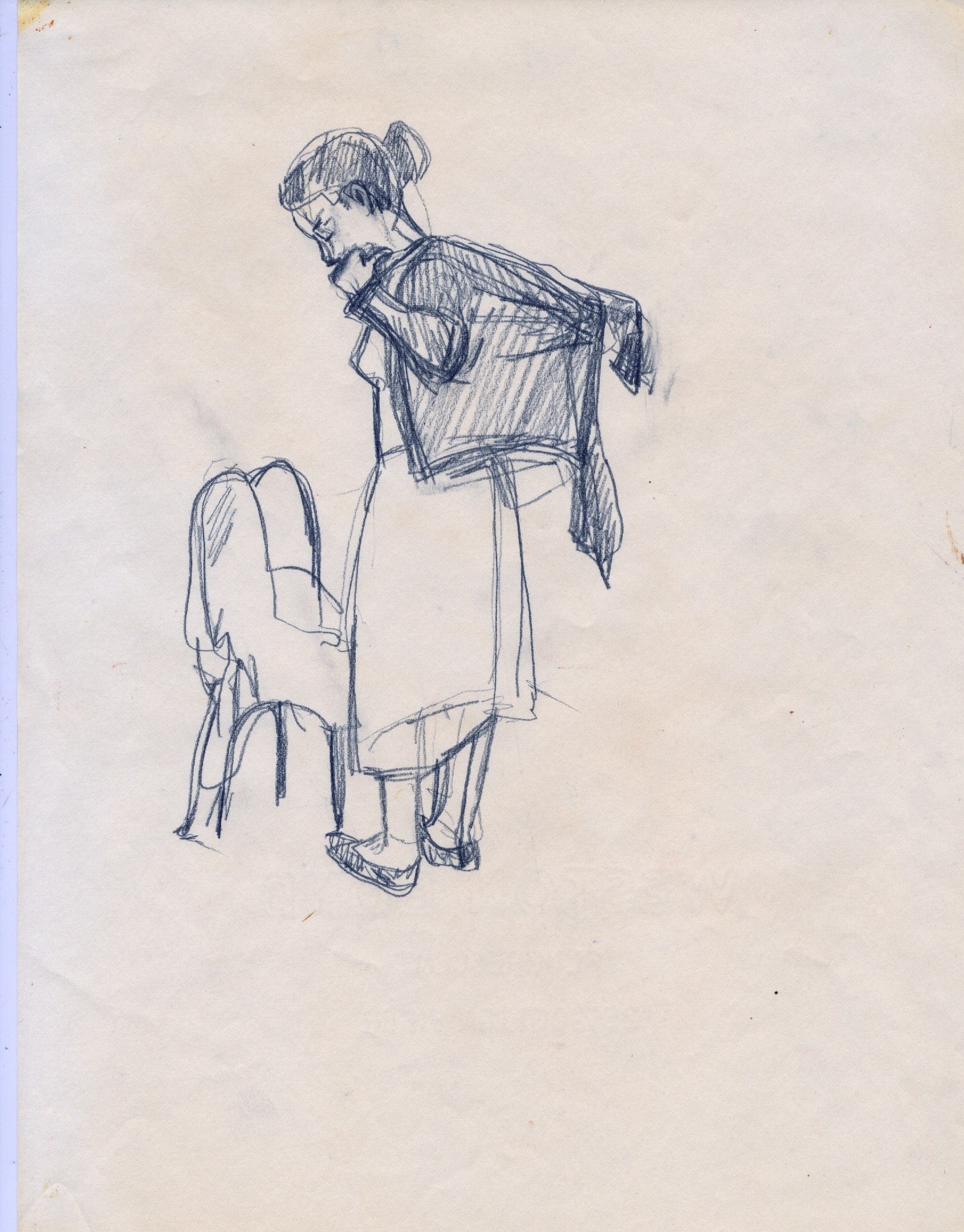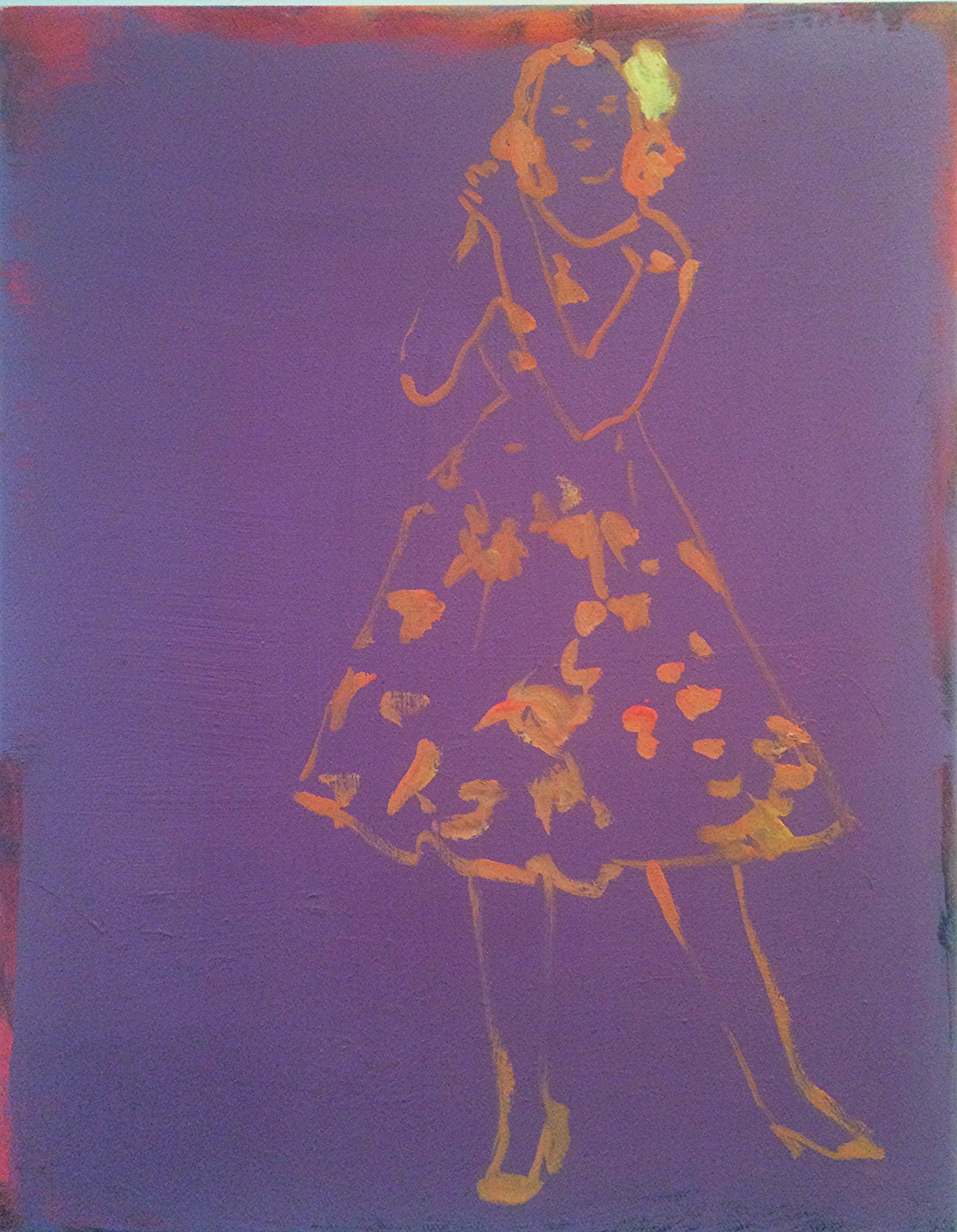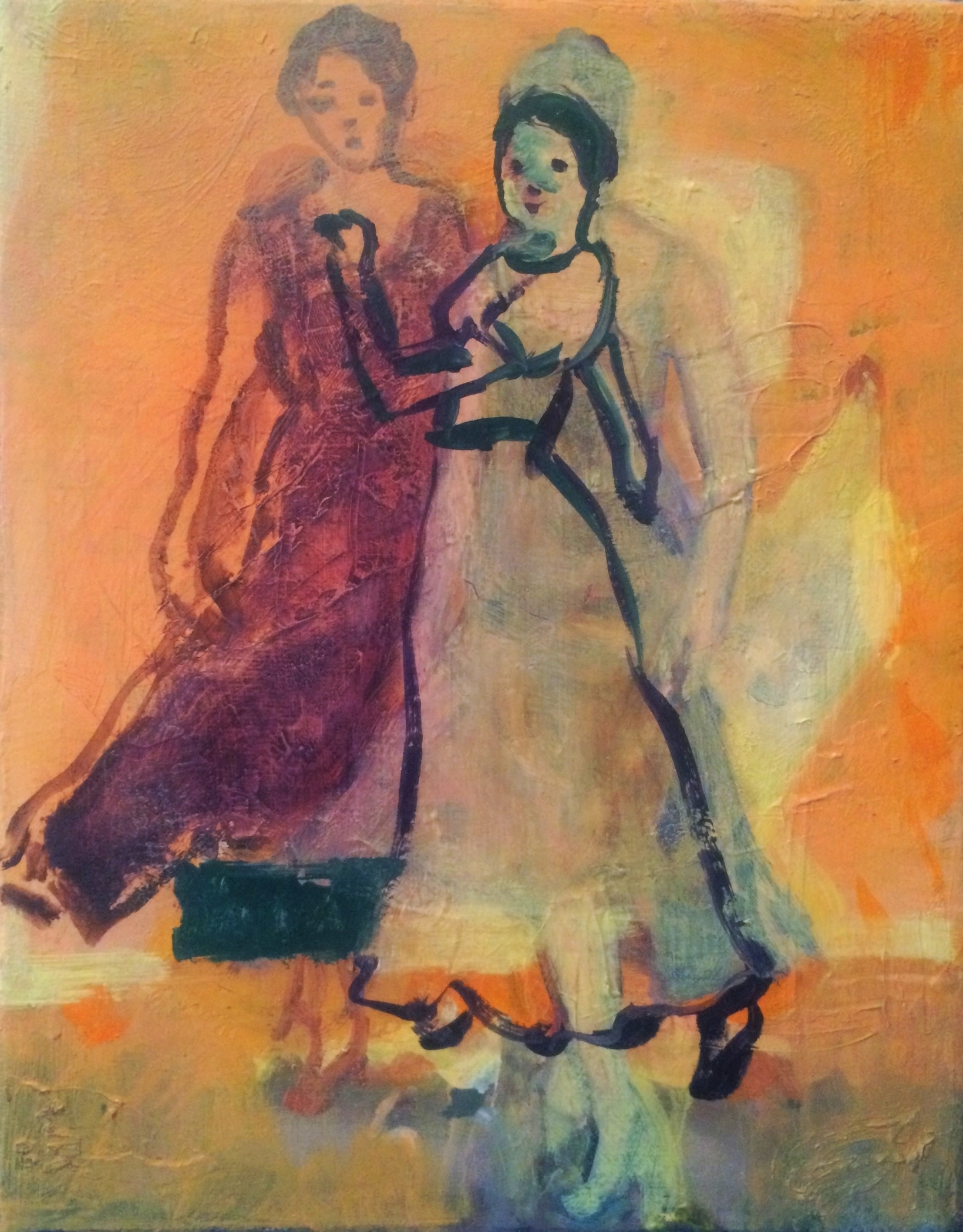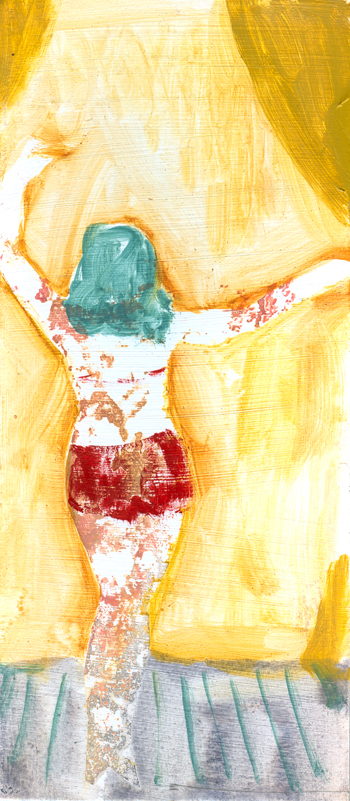Over the holidays I read the New York Times December 22, 2013 article “ Tricky Business: Defining Authenticity”. It is a fascinating report of the difficulties in authenticating and preserving Minimalist and Conceptual artworks. The bulk of the article is dedicated to reporting how institutions such as The Guggenheim are grappling with both the problems of preserving and displaying works in line with the artists intentions and the implicated questions of how and why we as a culture define and, subsequently, place a monetary (or historical) value on art.
Two things stayed with me from the article. The first is that Robert Morris, when angry at Philip Johnson for not paying for his sculpture, wrote him that he was taking back “ all aethestic quality”, making it a valueless hunk of metal and wood. (Both aforementioned sculpture AND letter are now in the MOMA collection). This both brilliant as a conceptual move and absurd. It assumes that either both subscribe to the idea that the artist’s intent is all, or that even if Johnson, does not, Morris’ intent as artist trumps Johnson. As there is no question that abundant “ aethestic quality” resides in innumerable valueless things, what Morris is really doing is more akin to erasing his signature to render his artwork “worthless”. However, this choice of words implies more than just that the artist’s intent/will is the ultimate decider, but that without the artist’s cooperation, viewers will not (properly) enjoy it. This is an idea I have not heard discussed much, at least in terms of visual art; there seems to be a feeling that once the (non- performance) artwork has left the studio it becomes its own entity separate from the artist.
The second item that stuck with me is a small phrase from a quote from Jeffrey Weiss, Guggenheim’s senior in charge of the Panza Collection. He says, “ People are always asking us ‘what does the artist want’? - As if that’s a simple, monolithic thing. It turns out that it’s one of the most complicated parts of the whole process. It’s not just him [sculptor Robert Morris specifically, who has changed his ideas about the physical importance of his work] and us. It’s the changing him and the informed us.”
I love the phrase “ the changing him”. We are of course, all changing all this time, but as my instinct is often to dig in my heels and resist all change this is a lovely reminder, most especially in the studio and with the coincidence of the advent of new year, to continue pushing, destroying, reworking and generally giving myself permission to be the changing me.









































